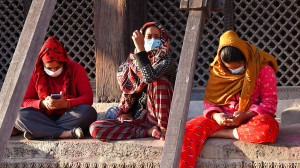Opinion
Tryst with mighty Mekong
A recent trip to Cambodia was fun and enriching in many ways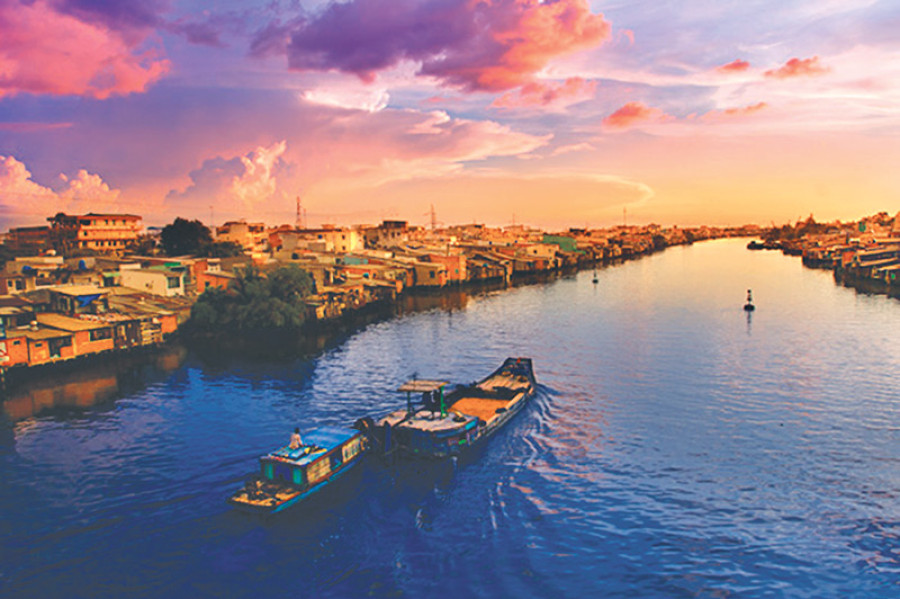
Som P. Pudasaini
Almost 1,600 years ago, Saint Augustine observed, “The world is a book; those who do not travel read only a page”. However, one travels when desire and opportunity match. When I received an invitation from Pondicherry University to deliver a keynote address in February 2017, it triggered a surprise trip to Siem Reap and Phnom Penh. This resulted in a long-awaited tryst with the mighty Mekong River.
Face-to-face
Mekong had lived in my imagination for years. My rendezvous with the three unparalleled rivers—the Nile, the Mississippi and the Ganges—may have piqued my interest. Over millennia, Mekong has shaped the saga of civilisations, nations and life in a big stretch of South East Asia; this further aroused my curiosity. While I have travelled fairly extensively as a UN professional and government employee over the past decades, Mekong had eluded me for a long time. I finally came face-to-face with the huge and turbulent river and the many spectacular waterfalls in Phnom Penh during my sojourn to Cambodia. Curiosity first led me to uncover what the name ‘Mekong’ meant and where it originated from. And then, finally, I enjoyed its beauty.
Interestingly, the name Mekong is derived from the Thai “Mae Nam”, which means “Mother of Water”. Originating from the lofty Tibetan Plateau, Mekong spans over 4,350 kilometres on its journey through China, Myanmar, Laos, Thailand, Cambodia and Vietnam, ultimately emptying into the South China Sea.
The last great empire shaped by the river was the Khmer or Angkor civilisation from 802 to 1431 AD. Effective use of Mekong’s water for agriculture, fishing and transportation was at the heart of the empire’s strength. The Angkor Empire extended as far as the modern day Thai-Myanmar border in the west and Wat Phou of Laos in the north. People escaping from South China crossed Mekong almost 700 years ago and established the Kingdom of Siam—now Thailand. Rich agriculture and security provided by this massive and turbulent river were among the key factors behind the emergence of Siam.
In the mid-1860s, the French successfully explored the river and began full navigation after colonising countries in the region. The massive hydro-power development in Laos is Mekong’s gift. Exporting power to Thailand at a lucrative rate is changing the economic face of Laos. The huge Mekong delta is a massive source of livelihood and development in Vietnam. Low lying Cambodia thrives on its bounty. Effective control and use of Mekong was and continues to be an important factor for conflict as well as prosperity and power for countries in the region.
In Cambodia, after visiting the sprawling ruins of the Ankor Wat (‘City of Temple’) and half a dozen other temples in Siem Reap, the grandeur of the Angkor civilisation shaped by the great Mekong during the 9th to 15th century was obvious. Angkor Wat was built in the design of Mount Meru, the abode of Devas in Hindu mythology, and it was dedicated to lord Vishnu. The sunrise over this massive and intricately built temple and its marvellous reflection on the lake in front of it is a tourist’s delight. It reminded me of the spectacular reflection of the Fishtail Mountain on Phewa Lake in Pokhara during the sunrise. A huge crowd of restless tourists with cameras thronged the area at dawn to catch a much anticipated glimpse of the sunrise. It was a sight not to miss. In downtown Siam Reap, the Pub Street was an experience worth trying, with Cambodian and foreign cuisines and drinks on offer. Barbequed snake, cockroach, crocodile and other “strange” items served as “delicacies” by street vendors are still vivid in my mind.
Cruise on the colossus
Tonle Sap, meaning the “Great Lake”, about 15km South of Siem Reap town, was captivating. A sunset cruise on the lake included a lovely Cambodian dinner with cocktail drinks and a brief pause at a floating village. On the way to the cruise, it was interesting to stop by a commercial lotus farm and learn that the fibres extracted from lotus stems were used to make lovely fabric. Interestingly, the Tonle Sap Lake drains into the Mekong through the 120km Tonle Sap River, which then majestically flows through Phnom Penh.
The cruise on the colossus Mekong was exhilarating, with its lush, green banks lined with trees and banana plantations. The destination for the cruise was the Silk Island (locally known as ‘Koh Dach’), with a stopover on the island to observe silk production and weaving. The cruise began first on the Tonle Sap and then moved on to the Mekong. Interestingly, the Tonle Sap was muddy, while the waters of Mekong were quite clear.
The area where the two grand rivers flow and merge is known as the Riverside in downtown Phnom Penh. A wide open space, the dazzling royal palace and colourful Buddhist temples made it a lovely venue for strolling, resting and sightseeing. This was the best place from which Mekong, Tonle Sap and Bassac rivers could be viewed. Lovely cafes, restaurants and bars lined the riverside. It was a real pleasure to have a fantastic dinner there, with fish Amok, Cambodian noodles and Angkor beer on the menu. Cruises to Vietnam and other destinations taking off from this spot enhanced the dynamism and beauty of the Riverside.
In view of the years of political turmoil, I expected Phnom Penh to be a backward post. Surprisingly, it was a well-planned city that was built to strengthen the original planning of the French colonialists. It was buzzing with economic activities. However, the remains of the atrocities by the Khmer Regime, where over 2 million Cambodians were killed during 1975-79, were heart-rending. These could be seen in the S21 prison, the Genocide Museum and the killing fields. Key city centres were clean, but backyards were littered with dirt and plastic bags as is the case in many Asian capitals. Informed citizens were deeply concerned about the large and widening income disparities between the city and villages and between the rich and the poor.
In conclusion, glimpses of Mekong, Phnom Penh and Siem Reap were enjoyable. The remains of the atrocities perpetuated by the Khmer Rouge were heart-rending. The Mekong cruise was a lot of fun. The food, sights and sounds of Cambodia enriched my experience. However, I was happy to be back home and comfortably stretch out on my own bed despite the myriad problems in Nepal.
Pudasaini was UNFPA Representative for Sri Lanka & Country Director for the Maldives




 9.12°C Kathmandu
9.12°C Kathmandu
.jpg&w=200&height=120)
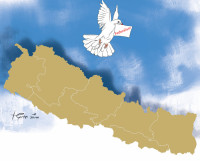

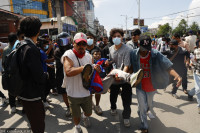
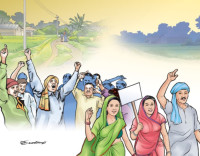
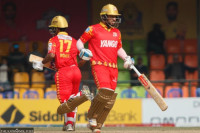

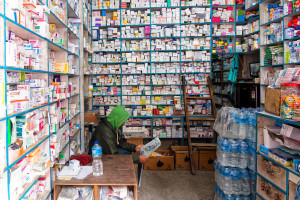
%20(1).jpg&w=300&height=200)

